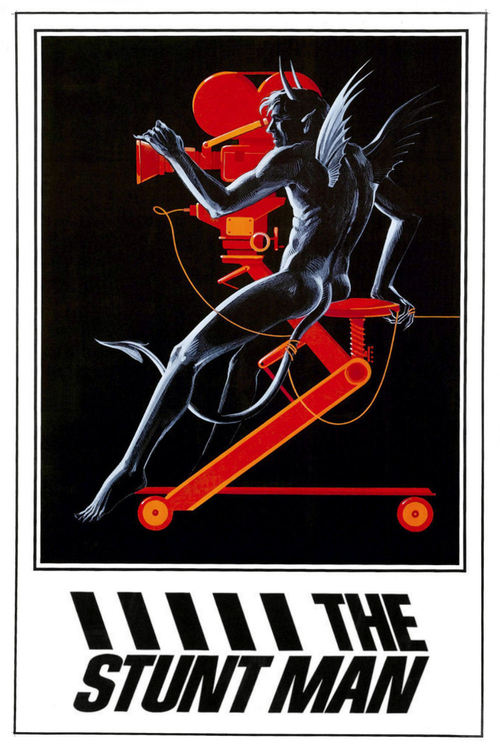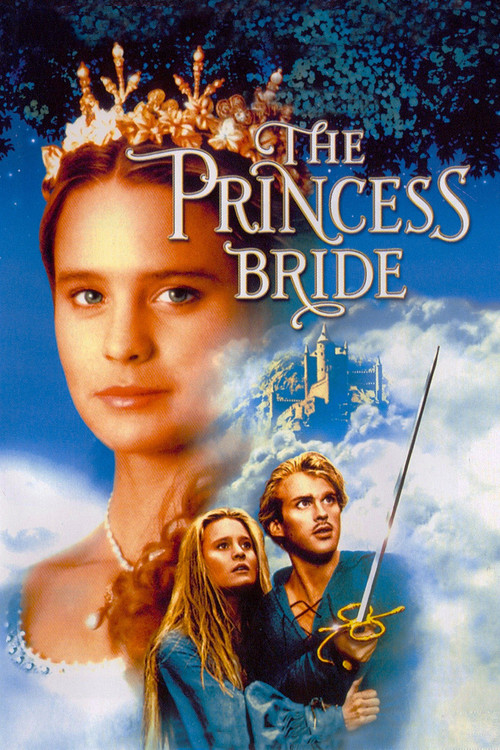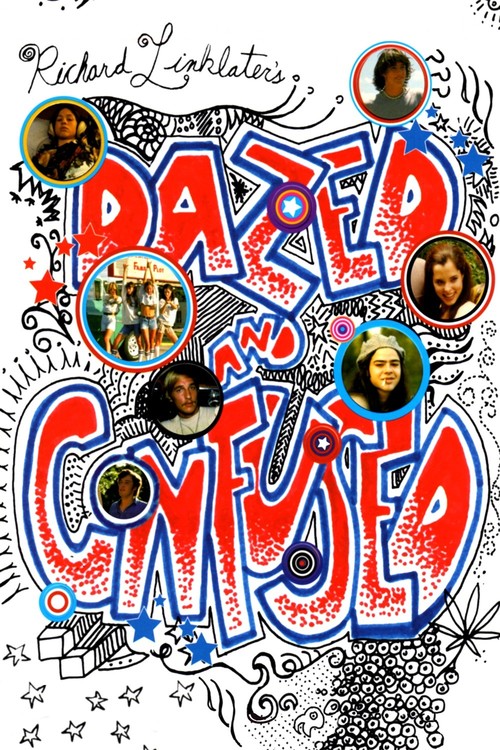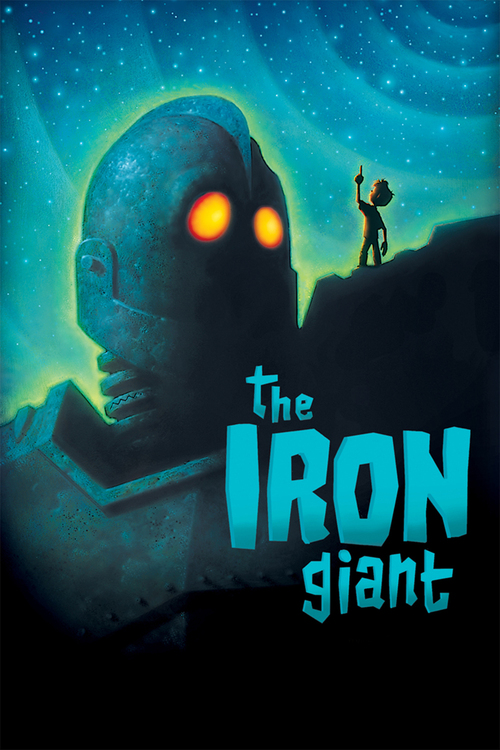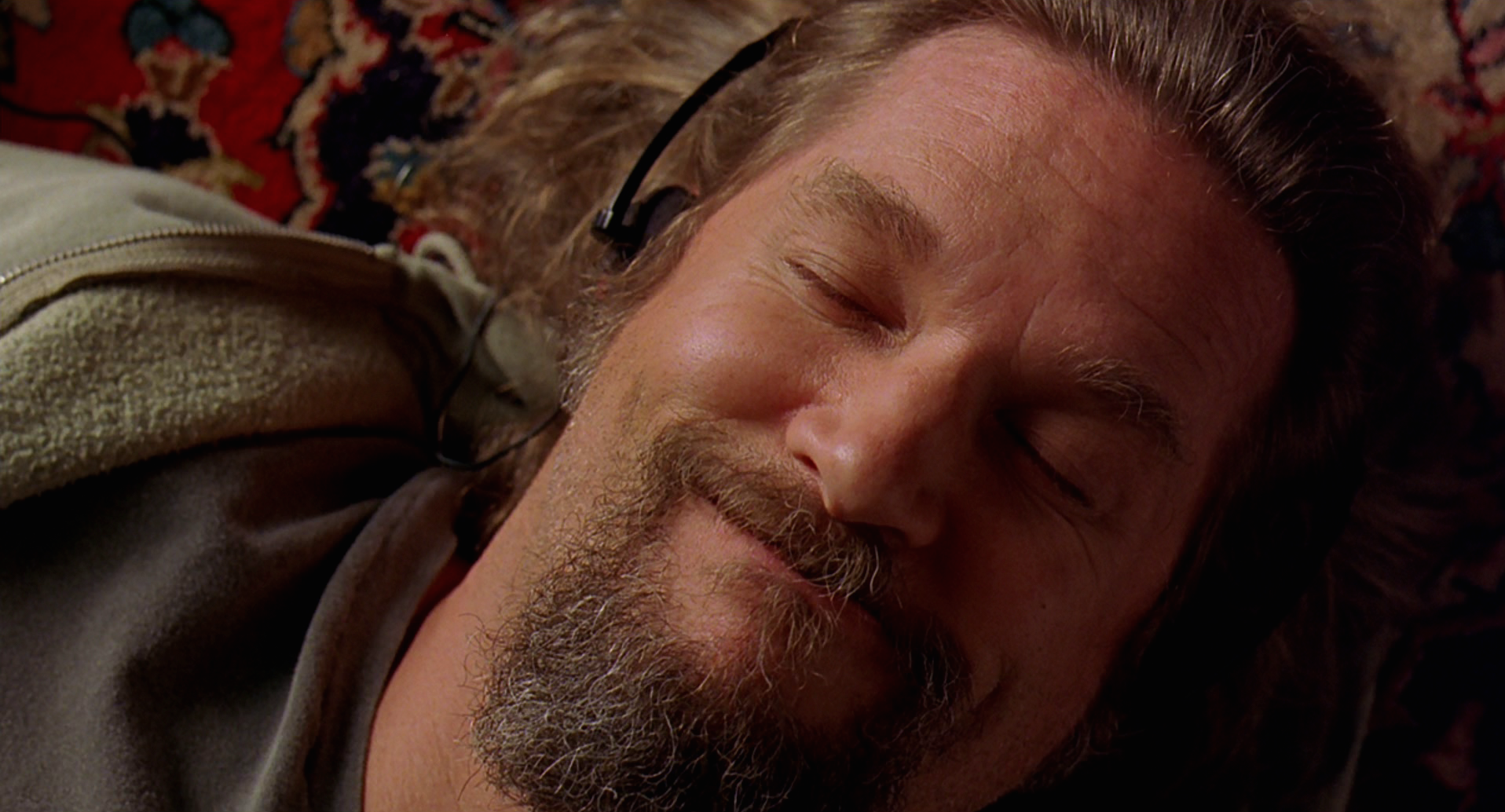
They say the customer is always right — but not always right away. For instance, sometimes it takes a while for movie audiences to recognize just how special a film really is. When it premieres, there’s a barely audible thud, and very little box office.
The culprit could be poor distribution, half-hearted promotion, a storyline slightly ahead of its time, the ire of some influential critic with digestive trouble, or any combination of the above.
A surprising number of now-classic films either just broke even, or actually lost money on initial release. Here are 10 classics from my list that fall into this category.
“The General” (1926)
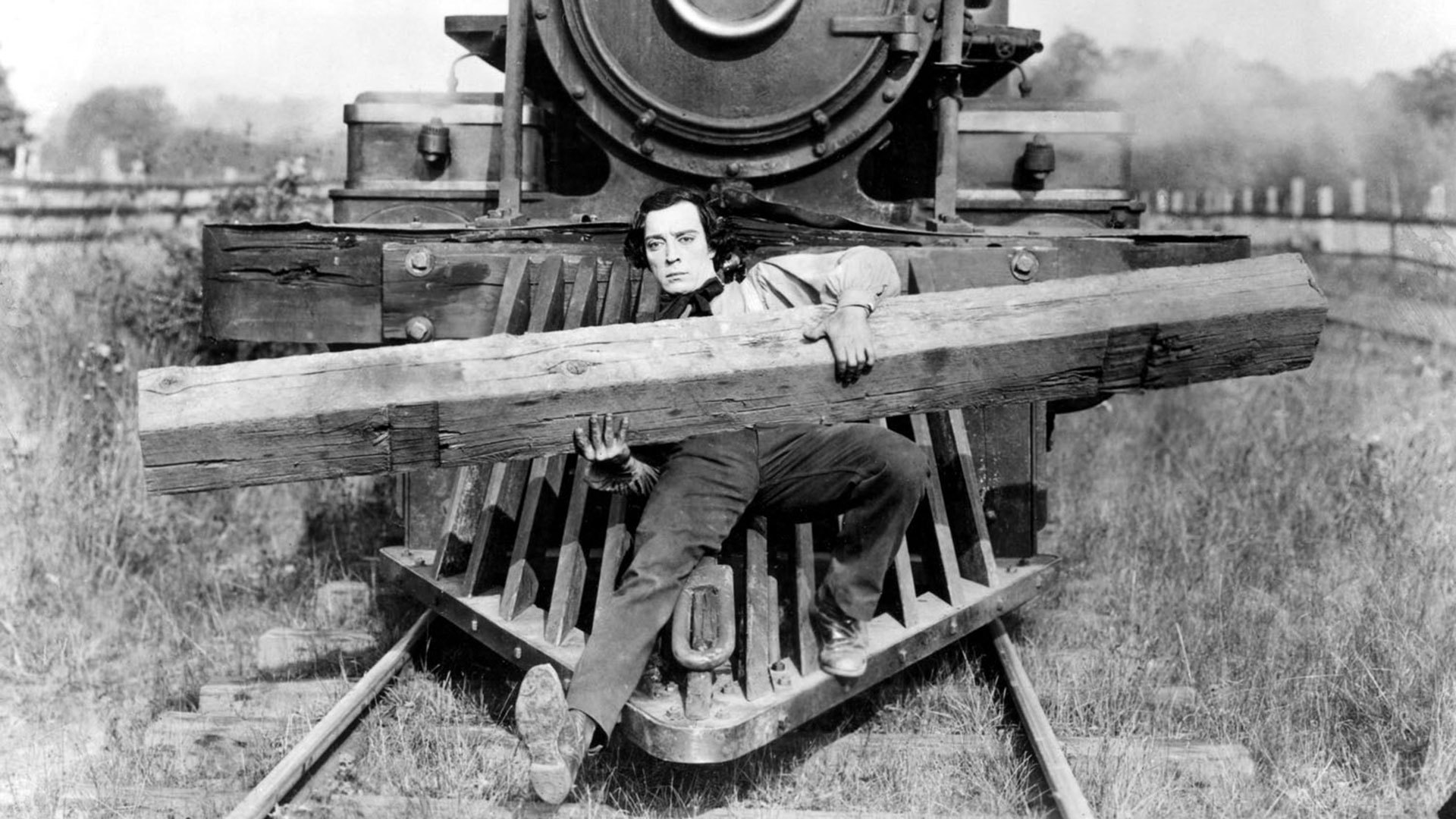
Bewilderingly, critics panned Buster Keaton’s brilliant silent comedy about a Civil War train engineer, and the public at the time didn’t have much interest in putting it back on the rails. Keaton’s inability to make a profit on such a big budget production ($750,000, a lot of scratch in the mid-twenties) caused him to lose his creative autonomy at MGM. Though Keaton still had a couple of great movies left in him (in particular, 1928’s “The Cameraman” and “Steamboat Bill, Jr.”) the loss of control over his pictures slowly ate away at him, exacerbating his alcoholism. By the time the talkies arrived in earnest a year or so later, Buster’s career was all washed up. What a waste!
See the film Keaton regarded as his best...
“Bringing Up Baby” (1938)
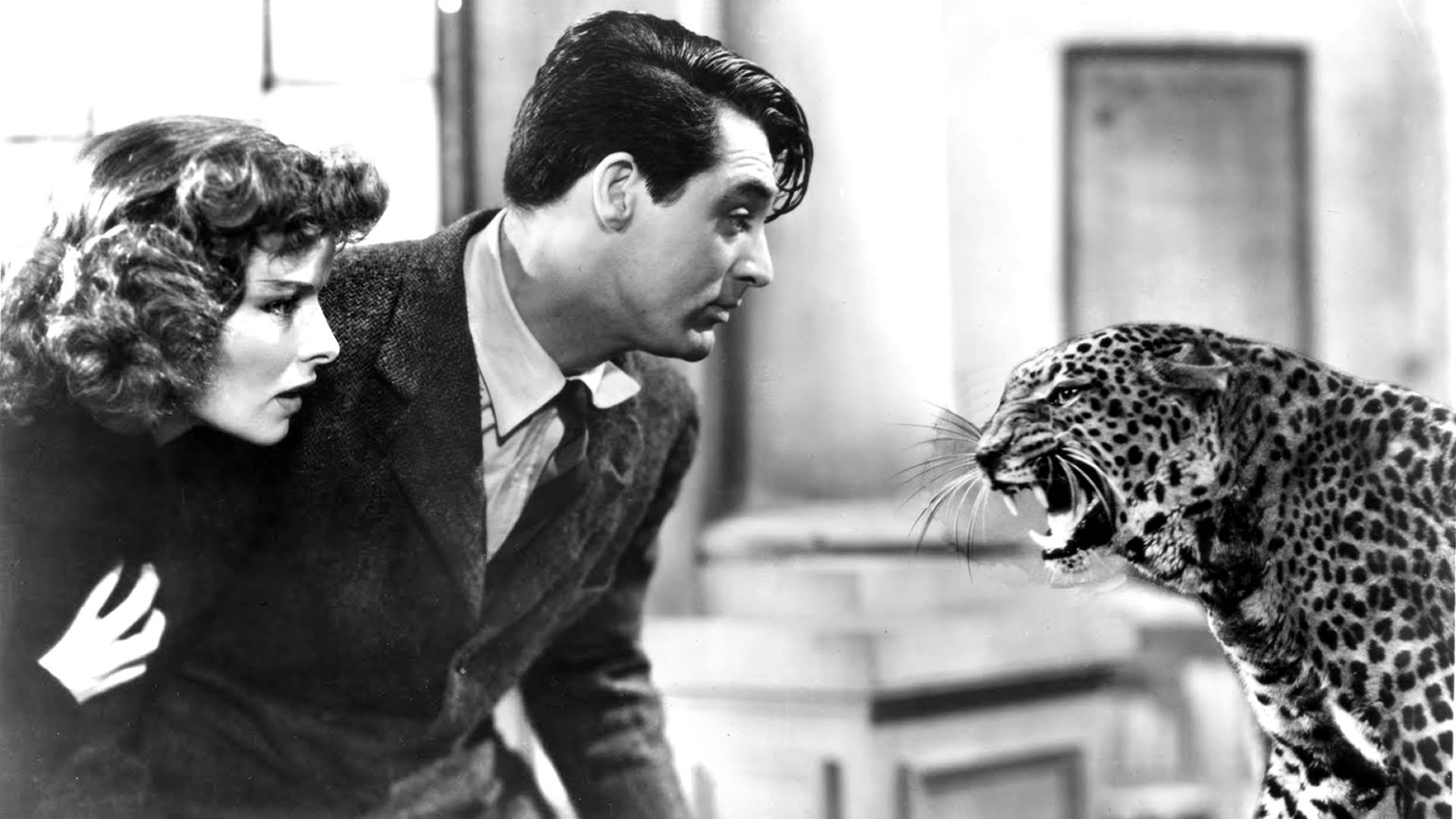
Director Howard Hawks’s madcap comedy stars Cary Grant as an absent-minded scientist trying to secure an important grant; his efforts get thwarted at every turn by a kooky and thoroughly smitten heiress (Katharine Hepburn), with a pet leopard named “Baby.” When it was released, the movie fared so badly at the box office that Hawks was fired from his next production at RKO, and Katharine Hepburn was labeled "box office poison." Hawks said he knew that the film "had a great fault...There were no normal people in it." Normalcy be damned, many now consider “Baby” one of our finest screwball comedies.
With hilarious animal (and human) antics — this cat has claws that tickle...
“The Wizard of Oz” (1939)
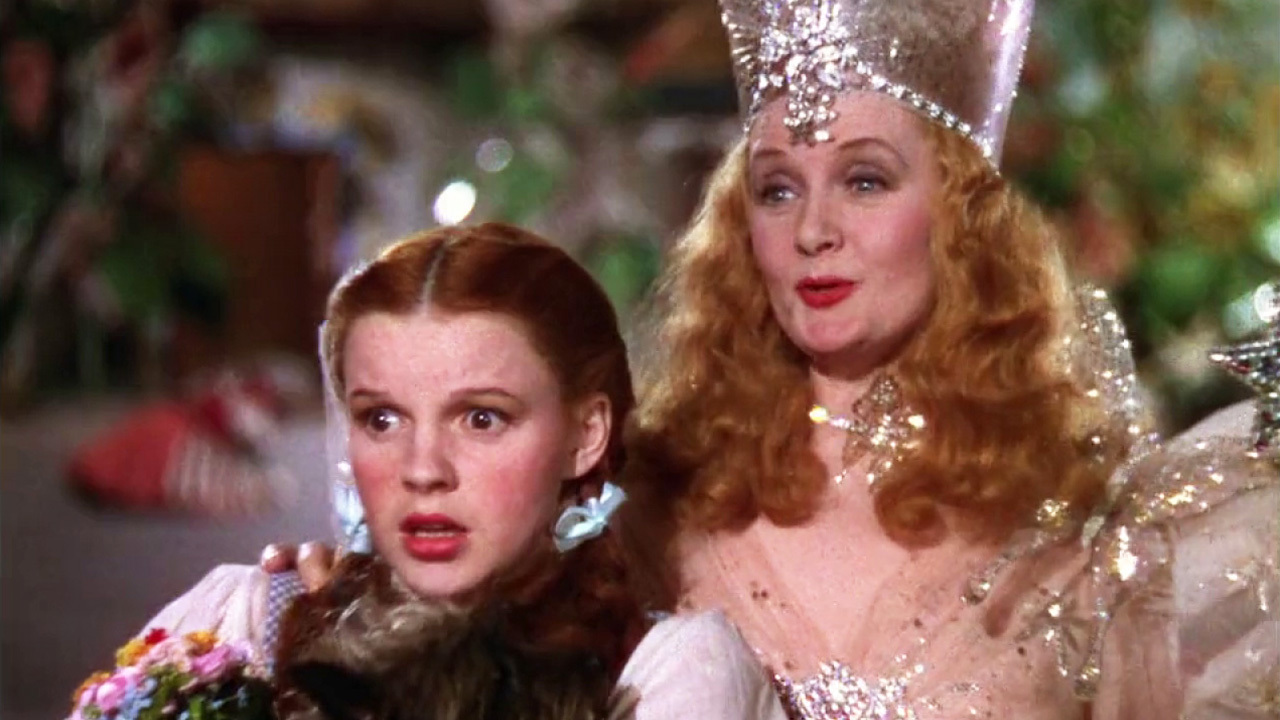
This timeless film about young farm girl Dorothy (Judy Garland) venturing to a Technicolor dream world “over the rainbow,” (maybe you’ve heard of it) was MGM's most expensive production to date. But its initial release only barely recouped the studio's investment, grossing $3 million on a $2.8 million budget. Don’t worry; since then it's made an emerald city full of green. A 1949 re-release put it squarely in the black, and subsequent television airings starting in 1956 kept it in the public eye. It was one of the first titles released on videocassette by MGM in 1980, and by the time of its 70th anniversary edition in 2009, it had become one of the most beloved movies of all time.
It’s time to watch it again - even though those flying monkeys may still scare you!
“Citizen Kane” (1941)
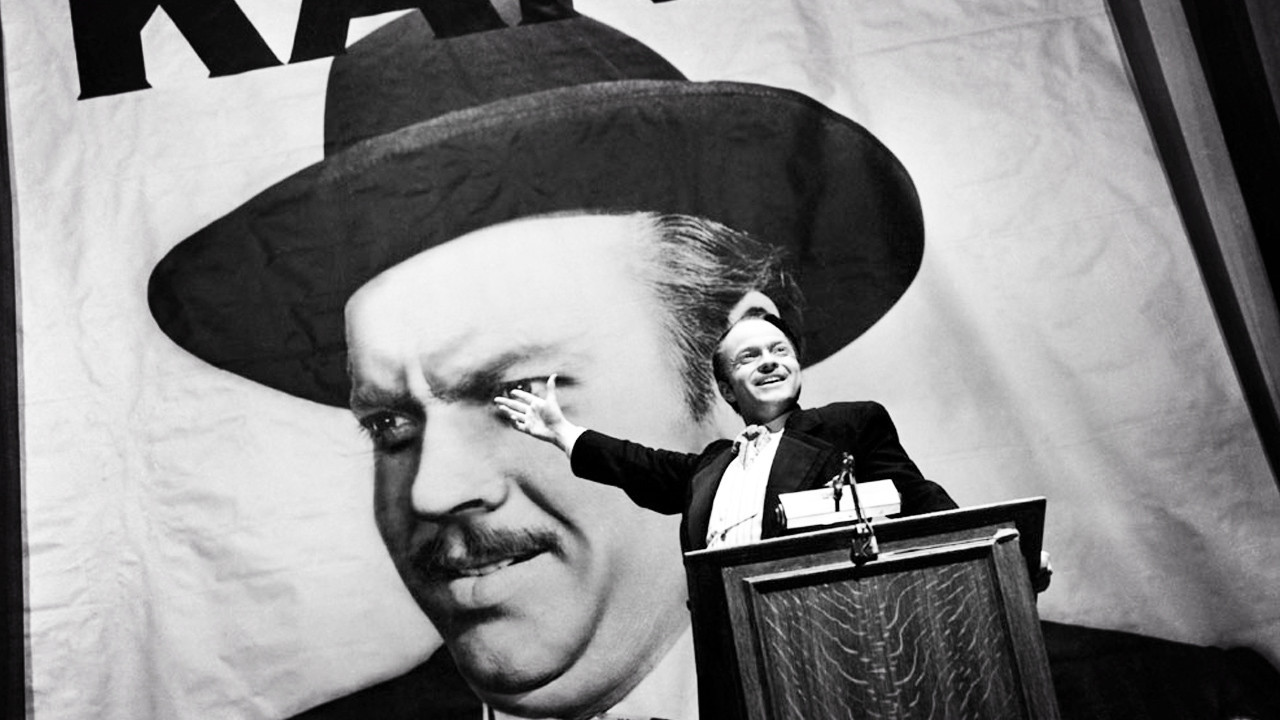
Hailed in certain quarters as the greatest movie ever made, “Kane” was certainly not earning its money back during its initial run. This was mainly due to concerted efforts to suppress the film by publishing tycoon William Randolph Hearst (after whom the unsympathetic character of Kane was modeled). The furious publisher did everything he could to prevent the release of the picture. Fortunately, wunderkind writer/director/actor Orson Welles had already previewed the film and impressed enough industry figures to gain a limited theatrical release. Hearst ultimately refused to review “Kane” (or any other RKO film) in the papers he owned (and he owned plenty). Indeed, his smear campaign was so effective that “Kane” was booed during the 1941 Academy Awards; still it managed to win the Oscar for Best Original Screenplay.
See the film that Hearst wanted to burn...
“It's a Wonderful Life” (1946)
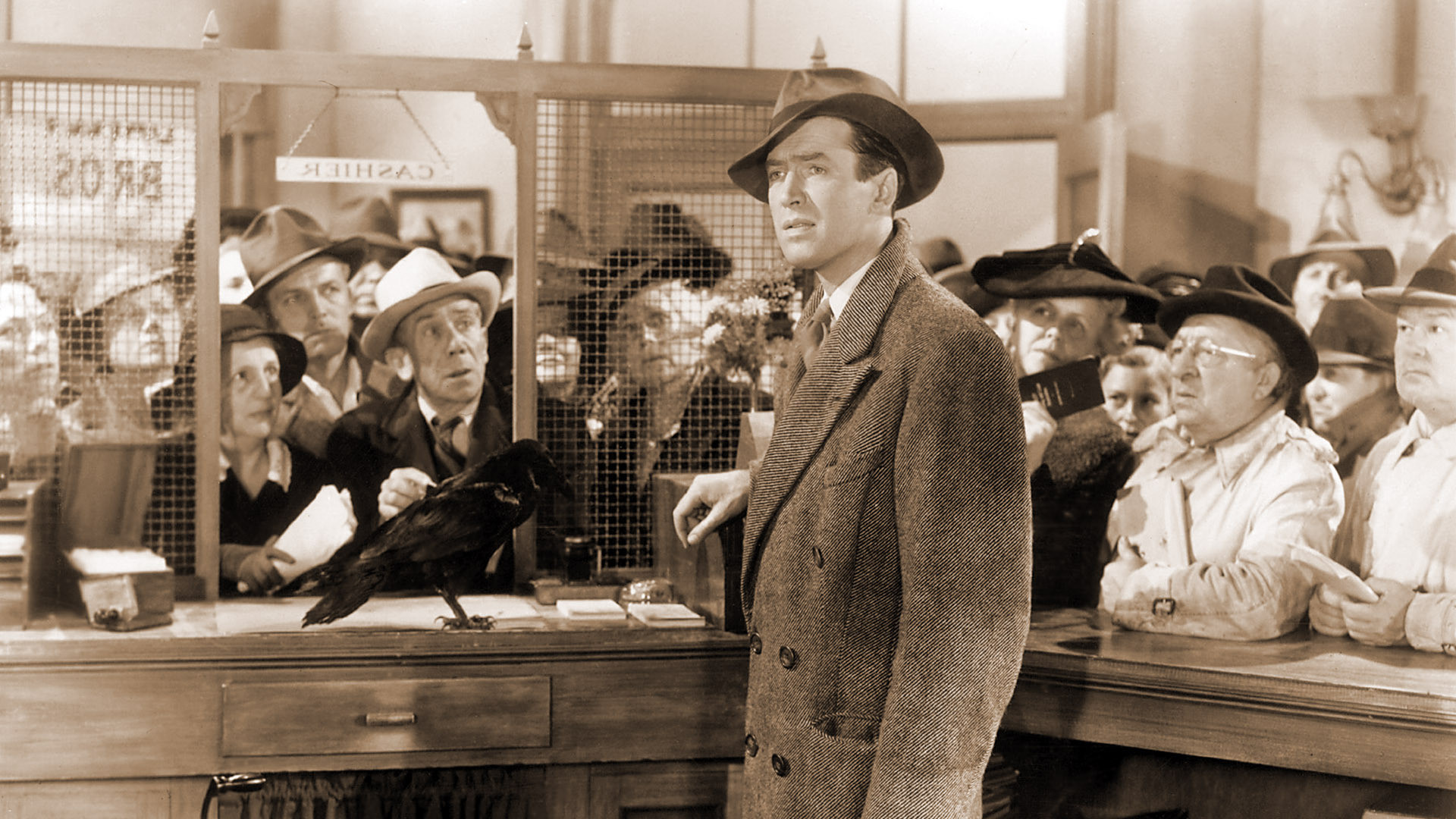
The story of small town dreamer George Bailey (James Stewart), who goes on an odyssey with an angel to see what life would be like without him, has become a perennial Christmas favorite. But in ‘46, it flopped. Only earning $3.3 million, “Life” lost over $500,000 for RKO (though it was nominated for five Academy Awards - including Best Picture). In a miracle worthy of Clarence the Angel, its fall into relative obscurity led to a renaissance. After the film's copyright lapsed in 1974, it became cheap and easy to show on television, and its airing became a regular staple during the holidays. Today the American Film Institute includes it in its top 100 list. Capra often said that of all his pictures, “Life” was his personal favorite; as time passed, more and more of the viewing public seemed to agree. And no movie is a failure that has fans.
“Life” has something to tell us all year round...
“12 Angry Men” (1957)
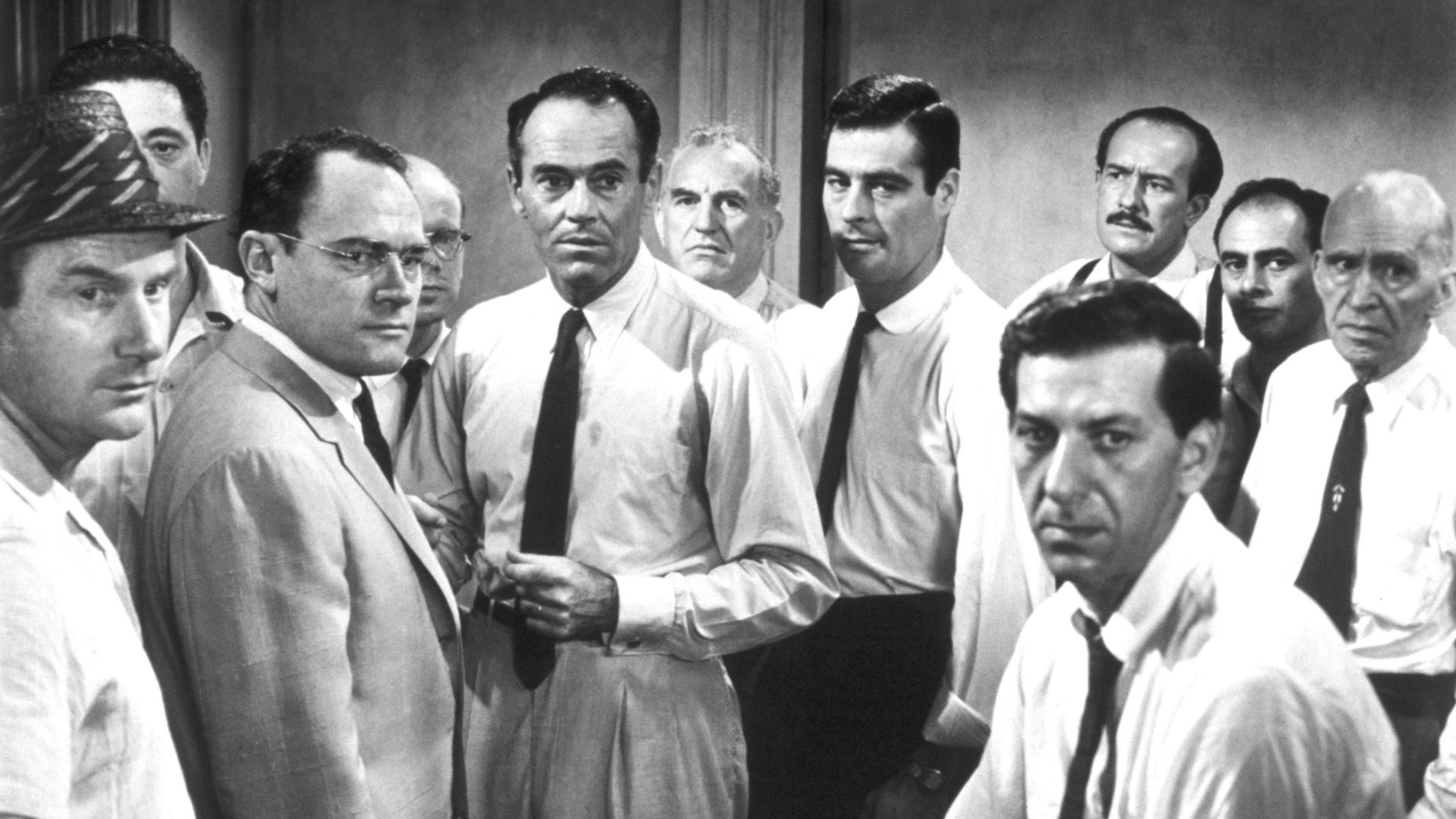
Even though it was packed with first-rate performances and made on the cheap by first-time director Sidney Lumet, "Men" was still guilty of not making money.
RELATED: "12 Angry Men" — How to Make a Great Movie on a Tiny Budget
The tense jury room drama was produced by actor Henry Fonda (who also played Juror #8), but after he failed to make a dime on it, Fonda never produced another film. It was universally praised by critics, but the audience had the final verdict. The order of the day then was color and widescreen films, which gave “Men”, shot in spare black and white on one claustrophobic set, a distinct disadvantage. Regular TV screenings allowed for the film to build a richly deserved (if belated) reputation as a truly superb drama.
Vote “not guilty” on “12 Angry Men” tonight...
“Vertigo” (1958)
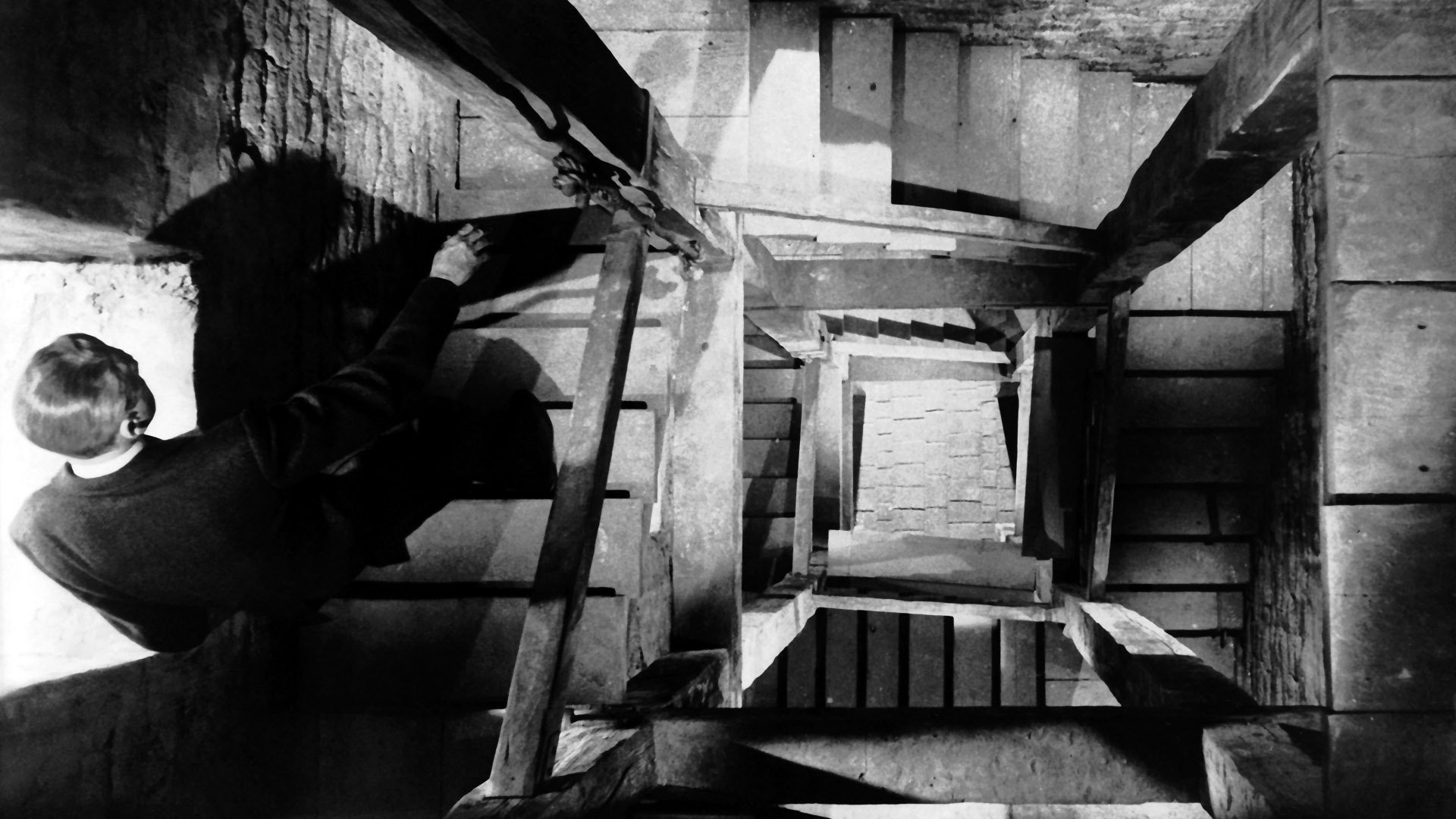
Hitchcock’s offbeat, dizzying murder mystery- about a heights-averse detective (James Stewart) who becomes obsessed with a female client he’s hired to tail- received decidedly lukewarm notices when it first premiered. But it’s now cited as one of the defining works of Hitch’s career. Still, it only earned $2.8 million at the box office during its initial run — far less than many of his other films. Hitchcock partially blamed its failure on Stewart who, he felt, lacked both the youth and sex appeal to be convincing as a love interest for co-star Kim Novak, who was half his age. The Maestro needn't have kicked himself; today “Vertigo” ranks in the AFI’s top ten list. No one should be afraid of these heights!
Fall for this film all over again…
“Barry Lyndon” (1975)
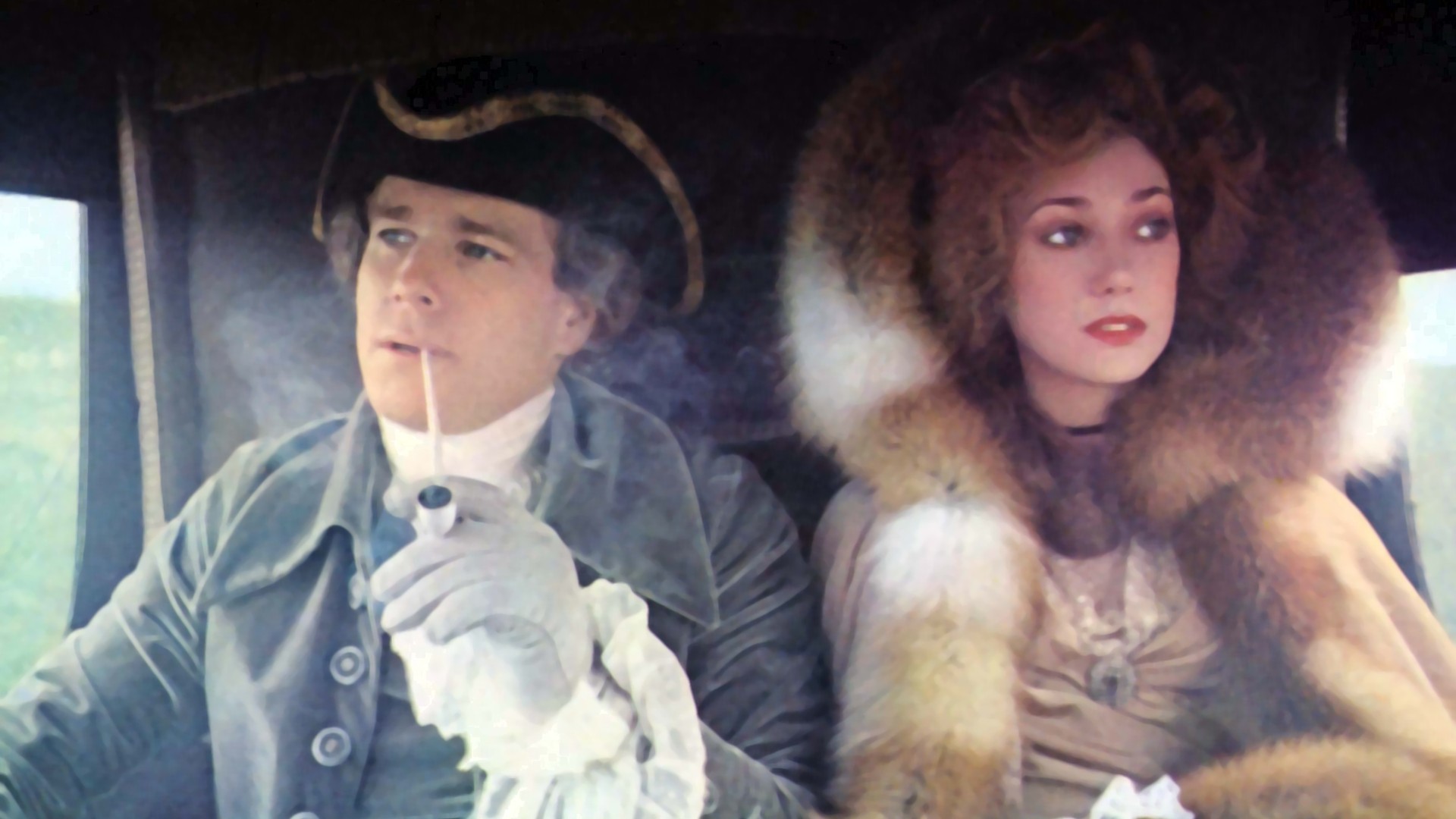
Though today many regard Kubrick’s opulent adaptation of William Thackeray's romance as one of his best outings, initial responses were mixed, especially in the U.S. For Warner Brothers, it was a financial dud- and while critics praised its beauty, the slow pace and “coldness” of the filmmaking put off some audiences. It still went on to win four Academy Awards, and it’s been rated one of the greatest movies ever made in numerous respected publications, including The Village Voice (1999), Sight and Sound (2002), and TIME Magazine (2005). Looks like people are warming up to “Barry Lyndon.”
Watch those gorgeous scenes lit only by candles, and imagine what they saved on energy bills...
“The Shawshank Redemption” (1994)
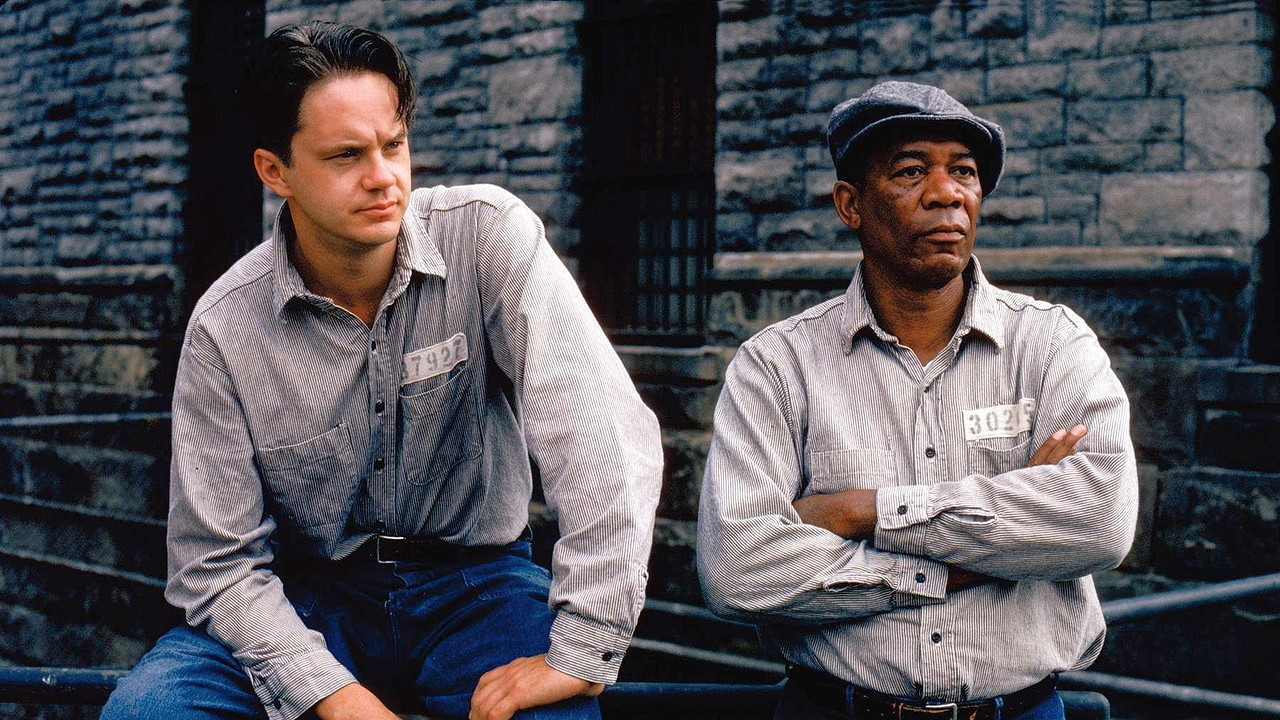
Adapted from a Stephen King short story, Frank Darabont’s dramatic tale of wrongfully jailed banker Andy Dufresne (Tim Robbins) had an initial gross of just $18 million on a $25 million budget. After garnering seven Academy Award nominations (one for Best Picture), it did another $10 million in business, but was still deemed a box office disappointment. However, fueled by Darabont’s inspired direction and screenplay, and powerful performances from Robbins and an Oscar-nominated Morgan Freeman, “Shawshank” became one of the highest grossing video rentals of all time. It also holds the number one position on IMDB’s list of the top 250 movies. I guess you could say it’s now a break-out hit (sorry, we couldn’t resist).
Don’t lock yourself away from this classic...
“The Big Lebowski” (1998)
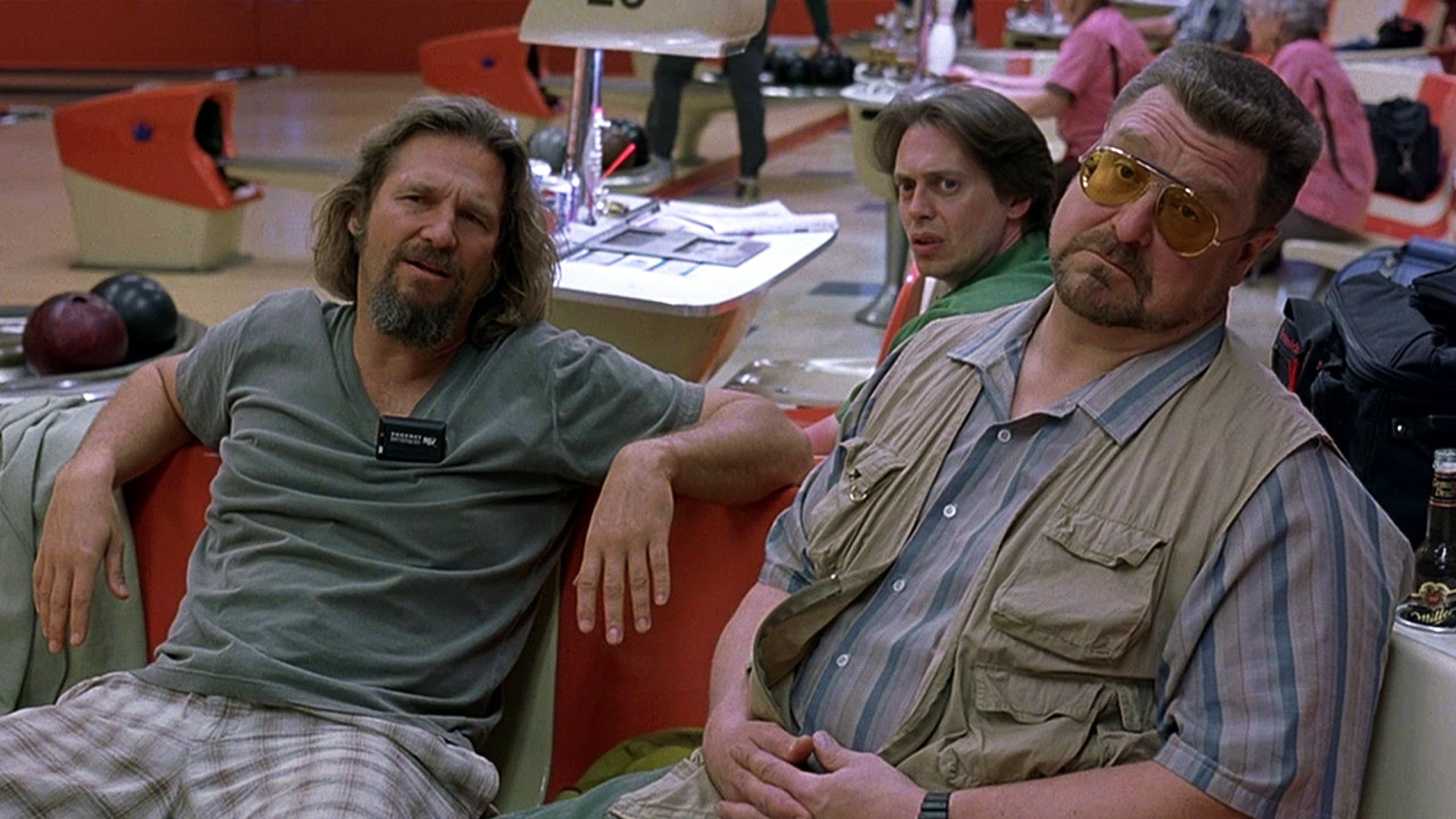
When deadbeat bowling enthusiast Jeff “The Dude” Lebowski (Jeff Bridges) is mistaken for a millionaire with the same name, he “abides” through a series of increasingly bizarre adventures. Though now it’s a bona-fide cult classic, the film only earned $5.5 million during its opening weekend, a dispiriting result. Though it ended up a modest success with some positive critical notices, somehow the movie ignited once on video, becoming a huge (and eminently quotable) hit. Today annual festivals are held around the country, where devotees dress in costume and raise White Russians (The Dude’s favorite drink) to the flick they all revere and adore. Here’s to his Dudeness!
Let’s roll... class it up with “The Dude” tonight....
What’s the big lesson here? I guess it’s that sometimes you have to trust your instincts no matter what people initially say. Quality will triumph in the end (at least, it’s awfully nice to think so).
Is there a movie you love that didn’t get the respect (and moolah) it deserved? Let me know on Facebook.
